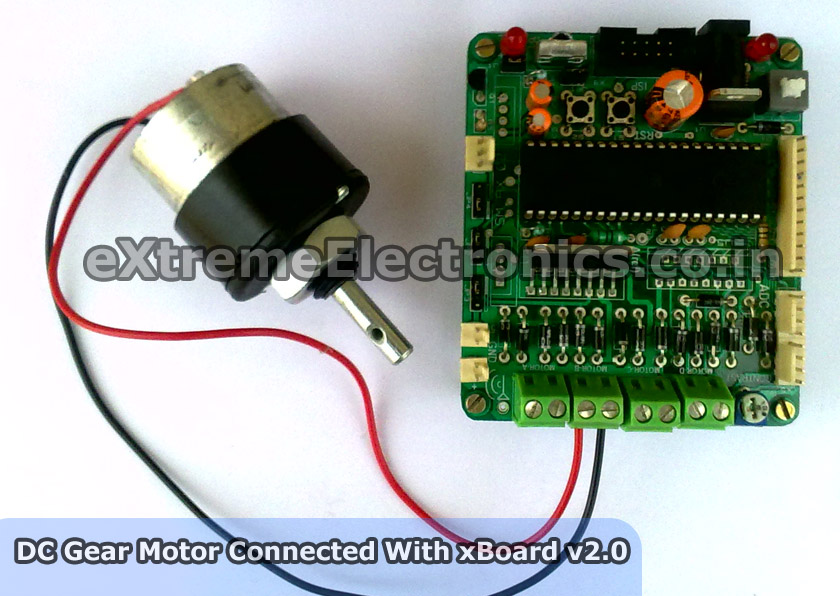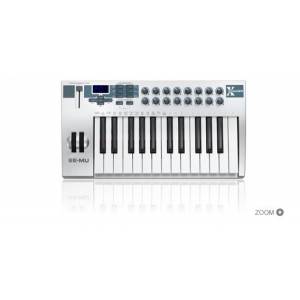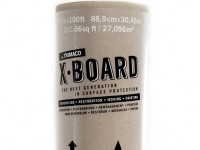

Sixteen sensor have RED filter over them thus can measure only the component of red in the incident light. These photodiodes are covered with three type of filters. It has an array of photodiode (a matrix of 8×8, so a total 64 sensors). TCS3200 chip is designed to detect the colour of light incident on it. TCS3200 Colour Light to Frequency Converter Chip Fig. It can be realized using a colour sensor like TCS3200 and a general purpose microcontroller like AVR ATmega32. SMS Based ĭetecting colour of an object can be an interesting and useful electronic application. You can be at any place in the world (with mobile coverage of course!), to request temperature data from your room. Other benefit is that the range is not limited. This reduces cost as you already have a cell phone. You can use any cell phone to view the remote temperature. You can just pick up your cell phone and send a request to your sensor by a text message and in no time you will receive the temperature of the remote place ! The advantage is the you don’t need any kind of "special" device at the receiver end. But with the development of GSM network, one can easily connect the sensor with GSM network, so that you don’t need to be present near the sensor in order to view the temperature. But with the use of normal temperature sensors, someone needs to go to the place in order to view the temperature. In modern day keeping an eye on temperature of places such as server rooms, hospital rooms, warehouses and green houses can help solve many problems. Temperature monitoring have wide application in daily life. (Only in Pune) REGISTER NOW! This project can also be implemented using a PIC18F4520 microcontroller. If you want a live demo of this, please register from the link given below. STOP/Clear If the microwave is in on condition, this button turns it off and pauses the timer count down. Button Function Microwave Selects Microwave mode. This buzzer also beeps a few time when the food is ready (countdown is finished) Input Device: Input from user is received by a keypad which has seven push buttons. But if the timer is already at the maximum setting (90 minutes) the operation could be carried out, so the buzzer does not beeps. For example if the user presses 10 MIN button to increment timer by 10 min and this is successfully carried out the buzzer beeps. A buzzer beeps when the system receive input from the user and the input is successfully processed. The backlight enables the text to be visible even in dark.


It can show two line and each line can have 16 characters. It can display numbers, alphabets and few symbols. Output Device: A 16×2 alphanumeric LCD Module is used as the main output device. Microwave Timer using AVR ATmega8 The user interface has the following parts. It offers a Westernized representation for these games, but the almost limitless configurability of XBoard/WinBoard also allows a high-quality representation of non-Western style games.Microwave Controller’s User Interface Fig. This means the GUI is able to display a wide range of variants such as xiangqi (Chinese chess), shogi (Japanese chess), makruk (Thai chess), Crazyhouse, Capablanca Chess and many other Western variants on boards of various sizes. XBoard/WinBoard also fully support engines that play chess variants, such as Fairy-Max. XBoard/WinBoard remain updated, and the Chess Engine Communication Protocol has been extended to meet the needs of modern engines (which have features such as hash tables, multi-processing and end-game tables, which could not be controlled through the old protocol). It also acts as a client for Internet Chess Servers, and e-mail chess, and can allow the user to play through saved games. Originally developed by Tim Mann as a front end for the GNU Chess engine, XBoard eventually came to be described as a graphical user interface for XBoard engines. WinBoard is a port of XBoard to run natively on Microsoft Windows.
#XBOARD PS2 SOFTWARE#
It is developed and maintained as free software by the GNU project. XBoard is a graphical user interface chessboard for chess engines under the X Window System. Linux, FreeBSD, NetBSD, OpenBSD, Microsoft Windows, macOS


 0 kommentar(er)
0 kommentar(er)
